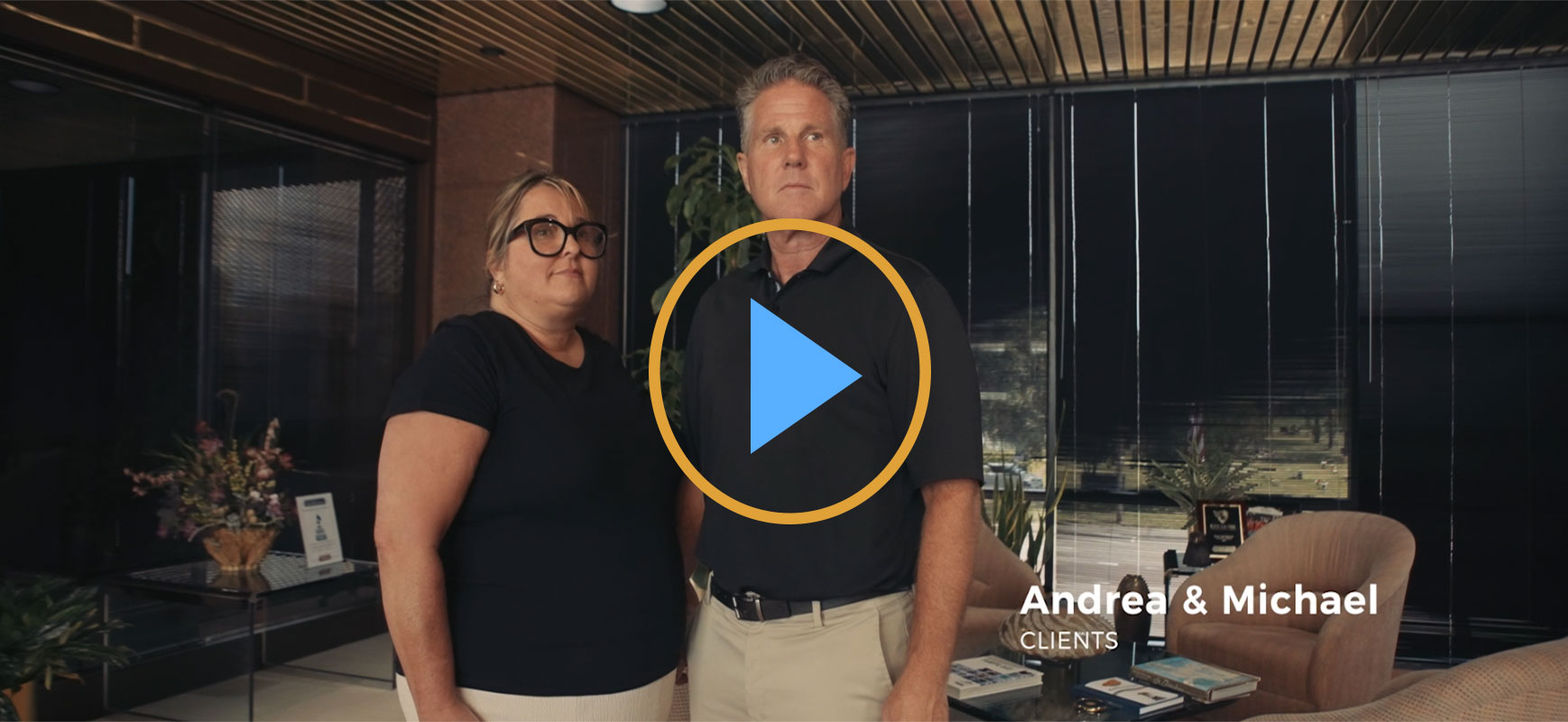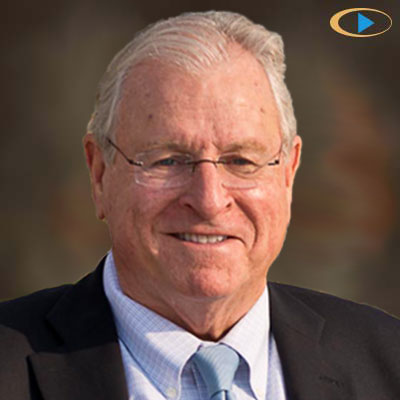Technology is changing how we handle car accident claims. Since Teslas are unique, car accident injury claims are new and there is a wealth of information available to discover.
Tesla is the modern symbol of sustainability and luxury. As one of the fastest-growing companies in the world, Tesla sold nearly 500,0000 vehicles in 2020. So when they announced autopilot and self-driving features, people raved. To kick back and relax while your car drives for you, what’s not to love? But, unfortunately, state-of-the-art technology can sometimes be erroneous.
Teslas are increasingly becoming involved in more car accidents. The results range from injuries to fatalities. Such accidents raise questions about the safety of Autopilot and autonomous vehicles.
Tesla asserts that the driver is liable after an accident, even if the driver uses Autopilot or a self-driving feature. Therefore, accident victims who sustain injuries in a Tesla accident often find that insurance claims and personal injury lawsuits are very complex. Yet, sometimes, that’s the only way to recover from the damages and losses victims endure in a Tesla accident.
So whether you were injured by a Tesla driver’s negligence or own a Tesla and were in an accident, we’ve put together a guide. We hope you find this helpful and feel free to contact a Florida Tesla accident lawyer if you have further questions.
Autopilot Different vs. Fully Self-Driving Vehicle?
Tesla has two features that allow cars more autonomy and give drivers more slack. Those features are Autopilot and the fully-self driving feature. The fully-self driving vehicle is still in beta.
Tesla introduced autopilot hardware in 2014. That consisted of one camera, a first-generation radar, and ultrasonic sensors. Autopilot allows drivers to enjoy the computerized benefits of the vehicle. For example, with Autopilot, the driver can be hands-free and use automated braking and accelerating. However, Tesla recommends that a driver always stays behind the wheel, even when using Autopilot. Furthermore, recent accidents have proven that Autopilot can sometimes be erroneous and cause accidents.
Although Autopilot gives drivers some freedom, it still requires human supervision. Conversely, Tesla’s fully self-driving vehicle will not require the driver to operate the vehicle.
Tesla released its beta (or preview) version of the fully self-driving vehicle in October 2020. The driver can enter their destination and sit back. Then, the car will self-drive to the desired location. However, many industry experts have criticized Tesla’s decision to release a beta to the public.
While Autopilot is already factored into the price of a Tesla, the self-driving feature is an additional cost. Tesla buyers can pay an extra $15,000 for the full self-driving option.
Safety Concerns About Tesla in Florida and the US
In March of 2022, Tesla reported 750,000 vehicles on US roadways. They all have autopilot features. As a result, many accidents involving Tesla were those involving the Autopilot.
One concern with Autopilot accidents is the question of liability. Who is liable if a Tesla gets into an accident while using Autopilot? The driver or the Tesla? Such questions of criminal and civil liability always arise with Tesla accidents. When a Tesla accident injures or kills people, the unique technology makes legal procedures differ from a regular car accident.
The National Highway Traffic Safety Administration (NHTSA) recommends that all car manufacturers track accidents involving Autopilot or self-driving. They should report accidents as soon as they learn about them. Many autopilot accidents have already occurred, where the airbag deployed, a vehicle was totaled, and people sustained injuries or died.
Autopilot and self-driving features raise a concern for the general safety of the public. The general public may have reservations before accepting autonomous cars as safe. Despite Tesla’s marketing that fully self-driving technology is reliable, that hasn’t proven true in light of the accidents. Drivers who put too much trust into the assistance program increase the risk of accidents. Sadly, most drivers had to find out when it was too late that the autopilot and self-driving features could make mistakes.
NHTSA Launches Official Investigation Into Tesla’s Safety Score
The NHTS and Tesla advise drivers to remain behind the wheel, even while using Autopilot or fully-self driving features.
The NHTSA advises drivers to remain behind the wheel while using Autopilot or fully-self driving features.
Following a cluster of Tesla accidents, the NHTSA launched an official investigation in 2021. Then, with more accidents raising concerns, NHTSA launched a more thorough investigation in 2022. NHTSA’s second investigation includes a preliminary evaluation of Autopilot and an engineering analysis. Furthermore, they will expand their crash analysis and vehicle assessments. Lastly, they will explore whether using Autopilot can increase the crash risk.
The latest investigation of NHTSA will investigate 830,000 Teslas sold in the US from 2014 to 2021, including all four models (S, X, 3, andY). The investigation is expected to take anywhere from several months to a year. If they find any safety defects, Tesla would potentially need to announce a recall to correct manufacturer errors.
Accidents in Florida and the US Involving Tesla
In the past year, there have been 273 reported crashes involving Tesla vehicles using autopilot software. That’s far more than previously thought, and those accidents have provided evidence regarding Tesla’s features’ real-world performance.
Tesla only represents less than 1% of the 284,000,000 million vehicles registered in the US. Due to its limited availability and unique characteristics, determining accurate statistics is more challenging compared to regular vehicles. Despite Tesla’s internal safety reports improving, accidents with Teslas keep happening.
Some recent Tesla accidents include:
- 2020, Model S – the Tesla caught on fire and killed the after jumping a curb and slamming into a brick wall.
- 2019, Model S – after running a red light, the Tesla crashed into a Honda Civic and killed a man and a woman on the scene.
- 2019, Model 3 – the Tesla hit a stationary fire truck and killed a passenger.
- 2019, Model 3 – this Tesla crashed into a tractor-trailer and killed the driver.
- 2018, Model S – The driver suffered severe injuries and filed a lawsuit against Telsa after the vehicle failed to detect a car on the side of the highway and crashed at 80mph.
- 2018, Model X – This vehicle collided with a safety barrier and caught on fire. The driver died at the hospital due to crash-related injuries. His family sued Tesla.
How Do You Determine Liability in a Florida Tesla Accident?
One critical piece of evidence that may help determine liability after a Tesla accident is the EDR or event data recorder. It’s similar to an airplane’s black box. With the EDR report, you could potentially find information to help you establish which driver was liable for the crash.
In the past, drivers have been solely liable for accidents involving Teslas. Now that NHTSA is conducting an investigation, that could change. We might see a shift in liability from the driver to the manufacturer if the investigation finds flaws in Tesla’s safety score.
As of now, accident liability is determined on a case-by-case basis. But as we see automated or self-driving cars become mass-produced, that might change. In addition, NHTSA intends to set federal regulations for drivers and manufacturers once they finish the investigation. Having these regulations in place could change accident outcomes.
Manufacturers’ liability would depend on factors like:
- Faulty steering (while using Autopilot)
- Brake malfunctioning
- Erroneous automatic acceleration that overrides driver operation
Whereas we can determine driver liability based on the following:
- If they were overly reliant on Autopilot
- driving recklessly or aggressively
- driving under the influence of elicit substances or drugs
- disobeyed traffic signs
Do All Teslas Have a “Black Box”?
All Teslas have an Event Data Recorder (EDR). It records all information about the vehicle before a crash. Access to this data can help in a car accident case to help establish liability.
All EDRs must meet federal standards enforced by the US Code of Federal Regulations. In addition to serving as evidence for accident cases, EDR data can help us improve vehicle safety. For example, car makers can better understand crash dynamics by analyzing data from EDR reports.
Since companies like Tesla depend so much on data, EDR information is critical for them. This is especially true in legal battles involving Tesla accidents. In the past, Tesla made it more difficult for people to retrieve EDR data, purporting for legal reasons. However, it’s now become very accessible for Tesla owners to EDR data reports.
Your Florida Tesla accident lawyer or a technician can help you obtain the EDR data report and interpret the information. Since EDR contents are often highly technical, you’ll want professional help. EDR data reports are divided into several sections and can vary by type of car.
What Can My Florida Tesla Accident Lawyer Find Out From EDR Data Report?
Tesla’s event data recorder (EDR) records almost all car activity and the driver’s actions. In an accident involving a Tesla, the EDR report can be vital evidence for the owner, legal purposes, and authorities investigating the accident.
The EDR data report includes, but is not limited to, the following:
- Everything the vehicle does
- Everything the vehicle operator does to the car
- The car’s speed
- How far the gas and brake pedals are pressed
- G-force information
- What setting/car features are on and off
- Which seat belts are buckled
Vehicle Forces
The vehicle forces section of an EDR data report is related to any forces acting on the car during a crash. In this sector of the report, you’ll find information like:
- Longitudinal acceleration measures will explain the vehicle’s acceleration and deceleration and whether a crash was impact-induced.
- Lateral acceleration measures will tell us how hard the vehicle is cornering (or turning) and whether it is impact-induced.
- Yaw rate will measure the rate at which the vehicle changes its degree of rotation.
- Roll rate will measure the vehicle’s torque (or degree of roll). Roll rate changes according to tire pressure and the center of gravity.
- The steering wheel angle or position of the steering wheel
Pre-Crash Data
The EDR data report has a pre-crash data section. Teslas have various built-in sensors throughout the car that help gather data. This section also gives insight into the status of the car’s safety systems and speed. Some other details you can expect to find in the pre-crash data report:
- Throttle application
- Brake usage before the collision
- ABS activity
- Stability and traction control
- Driver seat position
- Seat belts (whether or not they were buckled)
Tesla’s EDR Report
With their various built-in sensors, Teslas collect a myriad of information to devise an EDR data report. Sometimes the EDR data reports are 70 pages or more.
An interesting note about Tela’s EDR is that it only records data under crash or crash-like conditions. So it won’t record under usual driving conditions. Instead, it will sense when the vehicle is about to experience a non-trivial event.
The main purpose of Tesla’s EDR report is to record crashes for data purposes. So, if an airbag deploys or the car hits an object, the EDR will record that. Tesla uses such data to understand performance better and improve it.
Tesla’s EDR Data Doesn’t Include AutoPilot Logs
There’s another caveat that has to do with Tesla’s EDR reports. They don’t include any information about autopilot logs. So while people can easily access EDR data reports, there won’t be any telling details about Autopilot. That’s pretty crucial information to leave out, especially in a car accident case.
Tesla does capture autopilot data. Instead, they store it separately, unavailable to the public. The autopilot data they collect is kept in their confidential storage. Tesla does that partly because they use data logs to defend itself in accident claims. Without any autopilot data, the driver cannot blame the accident on an autopilot error.
How Do I Retrieve Tesla Event Data Recorder (EDR) Information?
In the past, Tesla claimed they could not release EDR reports for legal reasons. However, anyone with access to a Tesla can retrieve an EDR report in a few steps. Getting the report is not free, though, as there are associated costs.
First, you’ll need to visit Tesla’s EDR Resources Website, which Tesla launched a few years ago. This gives Tesla owners access to the software and hardware needed to obtain EDR information. On the website, there are directions on how to get the data report from Tesla. The directions may vary slightly depending on which model and year Tesla you have.
You will also need the following tools and resources to access EDR data:
- A Windows computer
- Appropriate cables and adapters
- The Tesla EDR retrieval program
- And a MyTesla account
While the software is free, you need to buy cables and adapters to get the actual EDR report. All the cables and adapter range in price from $800 to $1200. You can get the entire EDR Tool kit from Crash Data Group for $1,200. If you don’t own a Windows computer, you’ll need to borrow one or hire a technician. Technician prices will also vary depending on where you live and the model and year of Tesla. Hiring a technician will cost about the same or more as the EDR tool kit, but they will retrieve all the data for you.
What Is the TeslaCam?
In addition to the EDR, Tesla’s all come equipped with an overarching camera feature. “TeslaCam” is the umbrella term for the comprehensive list of camera features. Today’s Teslas have built-in cameras allowing a 360 view of the car’s surroundings.
They also have twelve ultrasonic sensors and one forward-facing radar. All of these features are what enable Tesla’s autopilot and self-driving features. Current TeslaCams on the market have three distinct features:
- Tesla Dashcam- are the dashcams. But the Tesla dashcam is like having four built-in dashcams.
- Sentry Mode – allows Tesla owners to receive security notifications and store footage. Sentry mode will record any object nearing the vehicle while the owner is away.
- TeslaCam Viewer – allows the driver to view all of their recordings and angles from within the car.
What Should I Do After a Florida Tesla Accident?
If you were in a car accident involving a Tesla OR operating a Tesla and got into an accident, please contact a knowledgeable Florida Tesla accident lawyer. The aftermath of any car accident is stressful and confusing. However, with professional help, you can focus on getting your life back in order.
Having an attorney is particularly advantageous in Tesla accidents due to the unique technology of Teslas. Sometimes retrieving data or evidence from that side is not as simple as you’d hope. However, a lawyer will know how and what evidence to collect to build a strong case on your behalf.
Contact a Florida Tesla Accident Lawyer Today
If you or someone you know was involved in a Florida car accident involving a Tesla, contact us today for a free, no-risk consultation, or call (727)381-2300.







